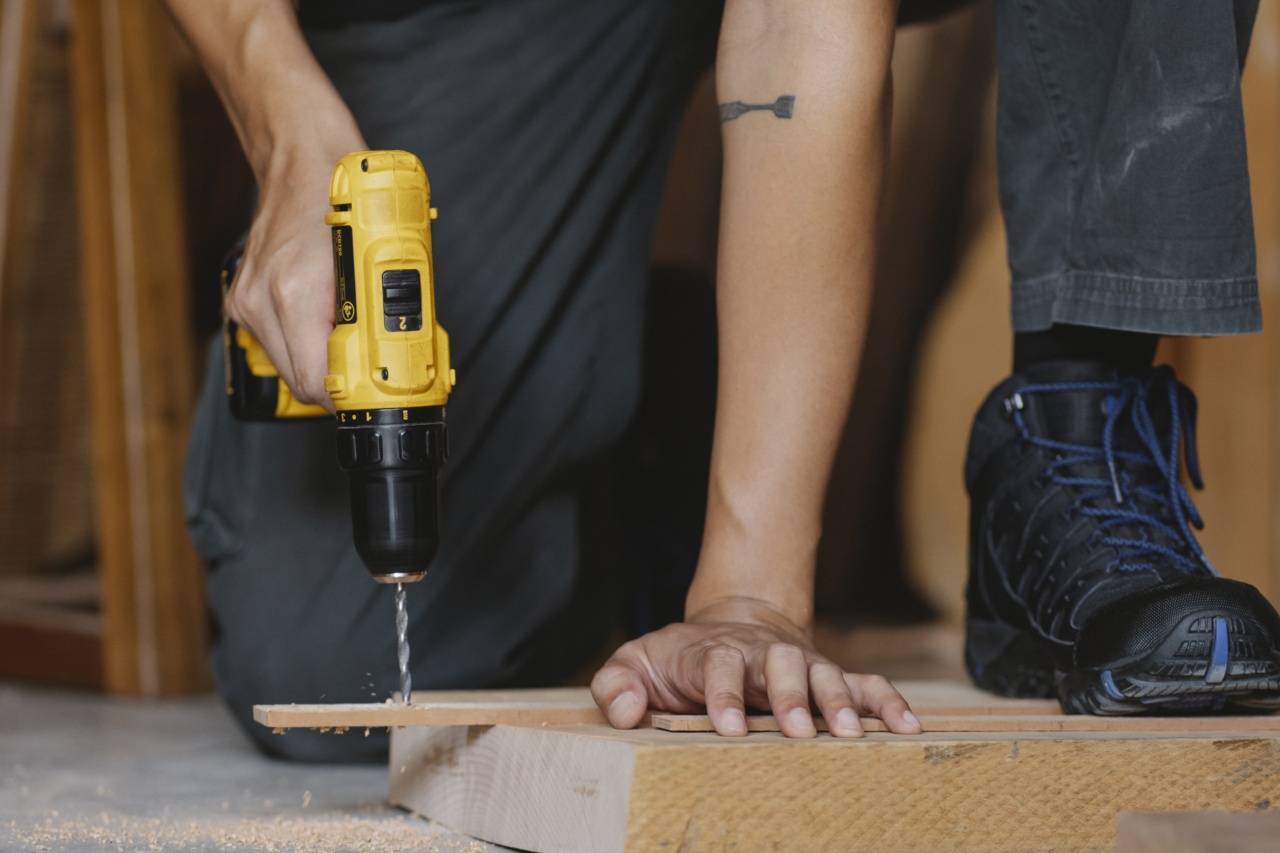Bunions are a common condition that can cause significant discomfort or even pain in your feet. A bunion is a bony bump that forms at the base of your big toe, which can cause swelling, redness, and soreness.
Luckily, there are several quick fixes you can try to alleviate pain and reduce the appearance of this condition. In this article, we’ll provide you with 10 different solutions for dealing with a painful foot bunion.
1. Wear Proper Footwear
One of the most effective methods for reducing the pain of a foot bunion is to wear properly fitting shoes. Avoid tight, narrow, and high-heeled shoes that can squeeze your toes together and increase pressure on the bunion.
Instead, opt for shoes with a wide and deep toe box that provide ample space for your toes to move around. Also, make sure the shoes have good arch support and cushioning for your feet.
2. Use Protective Padding
You can also reduce the pain of a foot bunion by using protective padding. There are various types of bunion pads and cushions that can be worn over the bunion to reduce pressure and friction.
You can also use moleskin or medical tape to provide extra cushioning and reduce rubbing.
3. Apply Ice Packs
Applying ice packs to the affected area can help reduce inflammation and numb the pain. Use a cold pack or a bag of ice wrapped in a towel to apply ice for 10-20 minutes at a time, several times a day.
Be sure to take breaks between sessions to prevent skin damage.
4. Try Warm Soaks
If the bunion causes stiffness and soreness, soaking your feet in warm water can help relax muscles and ease tension. Use a tub of warm water, and add Epsom salts or essential oils for extra relaxation.
Soak your feet for at least 20 minutes, and repeat as needed.
5. Exercise Your Feet
Regular exercise can help build strength and flexibility in your feet, which can reduce the risk of bunions and alleviate pain. Try toe stretches, arch stretches, ankle rolls, and other foot exercises to keep your feet healthy and strong.
Be sure to consult with a doctor or physical therapist before starting any new exercise regimen.
6. Consider Orthotics
If you have severe or chronic foot pain, orthotics may be a good solution. These are shoe inserts that can correct foot mechanics and reduce pressure on the bunion.
There are various types of orthotics available, including custom-made options, so be sure to consult with a podiatrist or orthopedist to find the right fit for your needs.
7. Take Over-The-Counter Painkillers
If the pain of your bunion is not responding to other methods, you can take over-the-counter painkillers such as acetaminophen or ibuprofen.
These can help reduce mild to moderate pain and inflammation, but be sure to consult with a doctor before taking any new medication, especially if you have other health conditions or are taking other drugs.
8. Get Foot Massages
Massages can help alleviate pain and tension in your feet, including the bunion area. You can try massaging the area yourself with your hands, a rollerball, or a foot massager.
You can also seek the help of a professional massage therapist, who can provide targeted massages that can reduce inflammation and improve circulation.
9. Consider Surgery
If your bunion is causing severe pain and other remedies haven’t worked, surgery may be an option.
There are various types of bunion surgeries available, including bunionectomy, wherein the bony bump is removed or repositioned, and osteotomy, wherein the bones are cut and repositioned. Surgery is typically a last resort, and you should consult with a podiatrist or orthopedist to determine if it is necessary for your condition.
10. Rest Your Feet
If your bunion is causing significant pain, it may be a sign that you need to take a break and rest your feet. Avoid activities that put pressure and strain on your feet, such as running, jumping, or high-impact exercise.
Take time to elevate your feet and reduce swelling, and consider using crutches or a cane to reduce pressure on the affected foot.
Conclusion
A foot bunion can be a painful and frustrating condition, but there are various quick fixes you can try to alleviate the symptoms and improve your foot health.
From wearing proper footwear to considering surgery, there are many options available to suit your needs. Remember to consult with a doctor or specialist to determine the best course of action for your specific condition.




























